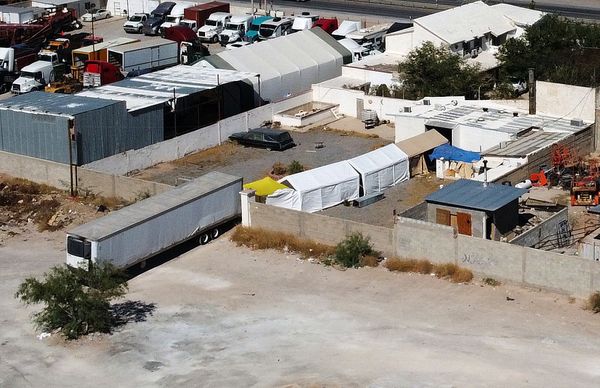In the past few weeks, we saw two different countries attempt landings on the moon. However, only one was successful.
India's Chandrayaan-3 successfully touched down on the lunar surface, making them only the fourth country to have a controlled landing on the moon.
However, Chandrayaan-3 was built in 3.5 years for a replacement for Chandrayaan-2 which crashed on the moon in September 2019. Chandrayaan-2 deviated from its trajectory just two kilometres above the surface, and eventually crashed.
Russia's Luna 25 had an issue with its engine and attitude control system.
As it was lowering to the surface, it was scheduled to burn or thrust for 84 seconds, but went 1.5 times more than planned, about 127 seconds, and eventually lost control and crashed.
Russia's Luna 25 hasn't been the only failure in Russia's Luna program, with many of the previous landings suffering various failures.
And it is not just Russia - the US has had its share of failures.
We saw earlier this year the private Japanese company ispace crash into the moon.
It had a software problem that made it miscalculate its altitude, eventually burning through its fuel and crashing.
Overall, just over 50 per cent or so of missions to the moon have succeeded.

Mars missions are similar, with just less than 50 per cent having succeeded. Why all the failures?
Firstly, we say space is hard, and it definitely is.
The space environment is very different, there are extremes in temperatures, from depths below minus 150 degrees through to more than 150 degrees.
If you have left your phone in the sun, it will warn about overheating. That is nowhere near 150 degrees.
The vacuum of space, lack of pressure, and radiation all affect how spacecraft and satellites work.
If just one wire breaks, or one component doesn't work, the whole thing can end in failure.
Just think about a flat tyre and how it can impact your day.
Or when an aeroplane is delayed for a few hours for a mechanical issue, and they need to replace a part.
Once it is in space, it can't be fixed. If it breaks, it breaks. The margin for error is essentially zero.
Even if it all works, it still has to land on unknown terrain - not a flat runway or road. It is landing around craters, boulders, and different ground.
If it lands at an angle or on something, it may not work.
This is after having to slow down from tens of thousands of kilometres that it was travelling as it left Earth's orbit, to thousands of kmh around the moon, to eventually zero.
And that is after it needs to go on a rocket into space, one of the most complex machines humans have built, which in itself is just a giant, controlled explosion.
Unlike cars or aeroplanes, we have also sent a lot less spacecraft to the moon.
There have been less than 150 missions to the moon. Compare that to activity at Sydney Airport, which has more than 800 flights a day.
Relatively speaking, we are still in a young, new industry of going to the moon.
These recent events are a perfect example of why it is hard to go to the moon.
And all the more reason to celebrate India's success.
- Brad E. Tucker is an astrophysicist and cosmologist at Mt Stromlo Observatory and the National Centre for the Public Awareness of Science at the Australian National University.







